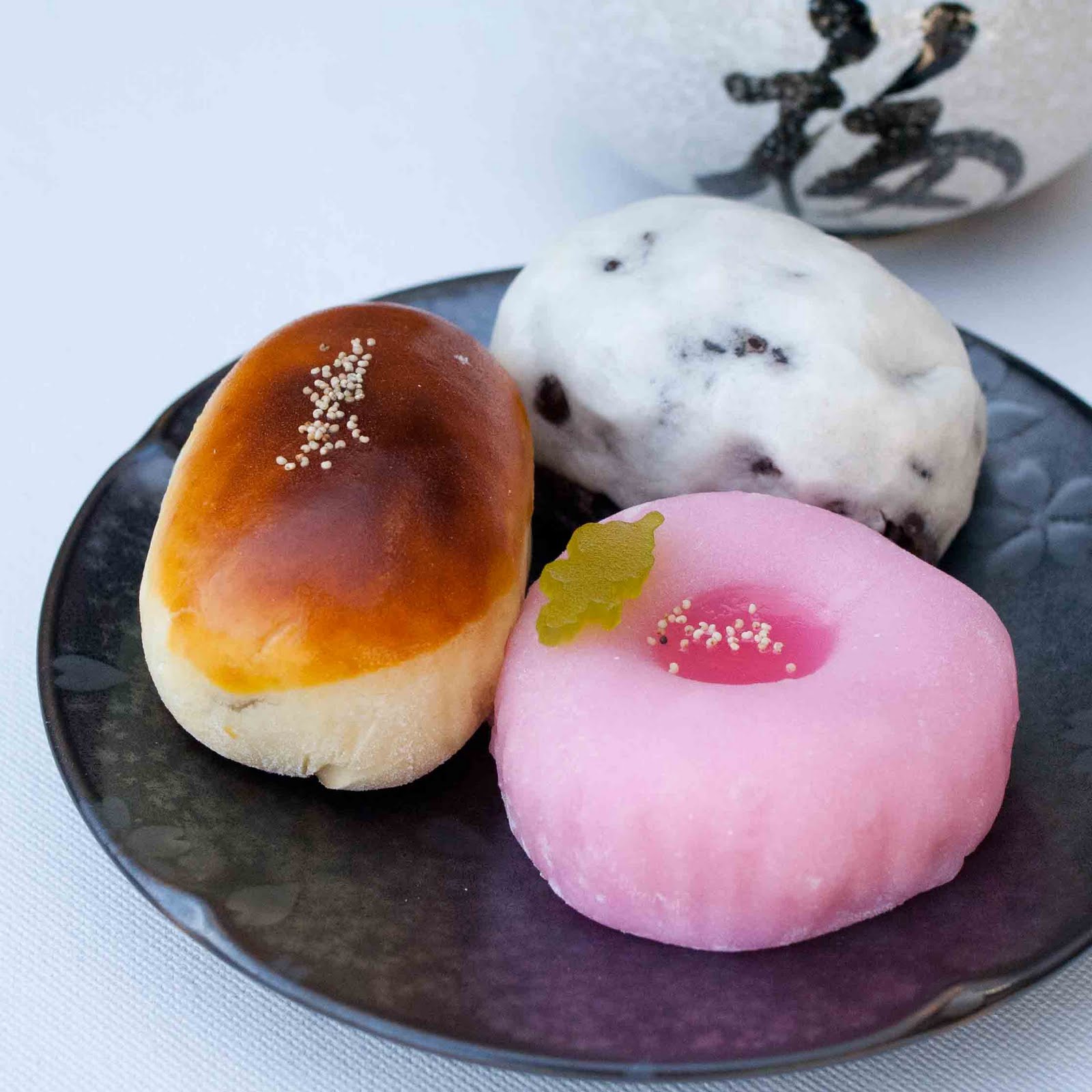A typical Japanese bakery will have wagashi. In fact, they won’t just have wagashi. Most likely, they will have many, many types of the bite-sized sweet Japanese treats. As you peruse your options, it will be difficult to pinpoint just one tantalizing option: there are small, soft green balls, dense, chocolate-like squares, intricately molded hard candies, and more, all delicious and delicate and exciting. Learn how to make them from scratch at Japanese cooking classes in Sydney.
After deliberating for a long time between the wide selection, you may just have to sample more than one. Don’t worry if you don’t find your favourite treat on your first pass. Japanese sweets are available at virtually every Japanese establishment in Australia, including restaurants, department stores, food carts, and convenience stores (1). Make sure that you have an open mind and a cup of green tea with you as you begin your wagashi journey.

To understand wagashi, you must first learn the ancient art of tea ceremony.
You’ve probably heard of Japanese Tea Ceremony, a practice that automatically conjures up images of delicate tea sets, the precise and talented movements of a tea master, and the serene greenery of a tea garden. Historians have written a great deal about this highly structured and difficult-to-learn cultural practice, from its introduction to Japan in the 700’s to today’s tea ceremony revival in younger generations. Everyone can agree that tea ceremony holds a special place in Japan’s national identity, invoking pride in citizens and absolute awe in tourists.
What you may not have heard, but will be excited to learn, is that tea ceremony has a sweet secret: Wagashi, or Japanese sweets.
This facet of tea culture deals specifically with the sweet accompaniments to green tea, made up mostly of sweet bean pastes and rice flour. They come in an endless variety of colors, shapes, tastes and textures, and have become a cultural staple in their own right.
Dessert-lovers and cultural enthusiasts alike are anxious to sign up for Japanese confectionery classes, in which students learn the preparation method and serving technique of the tasty morsels. Try making your own sweet treats with ClassBento's friendly and expert teachers, or dive deeper into a workshop that focuses on Japanese arts and culture.
Once you’ve signed up for your beginner’s course, you may want to brush up on your Japanese tea history before your first class. Here are a few key things to remember about this special practice:
• In the 14th century, tea ceremony was created by Zen Buddhists as a religious practice emphasizing the four integral notions of harmony, respect, purity and tranquility (2). Because of this, tea ceremony is a fundamentally spiritual practice and has retained sacred status for seven centuries.
• The most important name associated with tea ceremony is Sen Rikyu (3), a tea master who set the standard for tea ceremony by codifying the entire process, from the technical process, to the utensils, to the setting. He is credited with developing the notions of wabi (a commitment to simple, everyday living) and sabi (an aesthetic tendency towards the old and worn.) The overall intention is to find beauty in ordinary objects.
• Tea masters dedicate their entire lives to perfecting their craft, and a full tea ceremony can last up for four hours, with multiple renditions of green tea, a meal, sake tasting, and wagashi (4).
Now that you have a foundational knowledge of the main show, let’s pivot to one of the key players of the ceremony: wagashi.
Wagashi can be broken down into three separate categories - togashi, tenjin and nanban-gashi - each with its own taste and cultural history(5).
• Togashi is the rarest form of Japanese confectionery and is made from the kneading of wheat flour or bean paste into various shapes. It is then deep-fried and has a long tradition of being served at aristocratic banquets.
• Tenjin is the type most closely associated with tea ceremony as it was introduced with by the zen buddhists who popularized the custom. It is characterized by jellied and bun-like sweets, although traditional versions were more savory than sweet.
• Nanban-gashi was radically different from other forms of wagashi when it was introduced by Portuguese immigrants in 1543. Unlike its savory relatives, this unique form utilized sweet ingredients and eggs, which were previously uncommon on the islands.
If such distinctions are not enough, wagashi gets more complicated - and more exciting! For, the creation of Japanese sweets are not simply shaping sweetened bean paste into random shapes. Instead, each wagashi creates a balance of the senses which enhances its role as part of the Zen Buddhist’s tea ceremony(6):
• Sight - each wagashi is perfectly crafted to be aesthetically pleasing and thought provoking
• Taste - wagashi is a showcase of its natural ingredients, allowing the person tasting the treat to admire traditional Japanese crops such as beans and grains
• Texture – the sweets come in a vast variety of textures, from soft to crispy to light to dense
• Scent - a key aspect is subtlety - in fragrance, especially. Each morsel compliments the other scents of the ceremony, like the all-important green tea
• Sound - wagashi invoke an auditory response as a result of its unique and significant labels. Many refer to natural elements or traditional poetic works
When sifting through all of the information, you may feel a little bit overwhelmed. This is normal; tea ceremony and Japanese sweets boast of long and meaningful histories that are difficult for foreigners to understand.
But wagashi can be a beautiful and accessible hobby, in which students learn about and gain an appreciation for an incredibly complex culture while also exploring the creative process of wagashi-making.
As a student of wagashi, you can benefit just by learning the basics, or you can fully lean into the practice, tapping into an extensive and well-established tradition of sweet-making.
Learn about the amazing health benefits of matcha here.
References:
(1) japan-guide.com
(2) mightyleaf.com
(3) britannica.com
(4) shibuiswords.com
(5) kikkoman.com
(6) toraya-group.co.jp






































